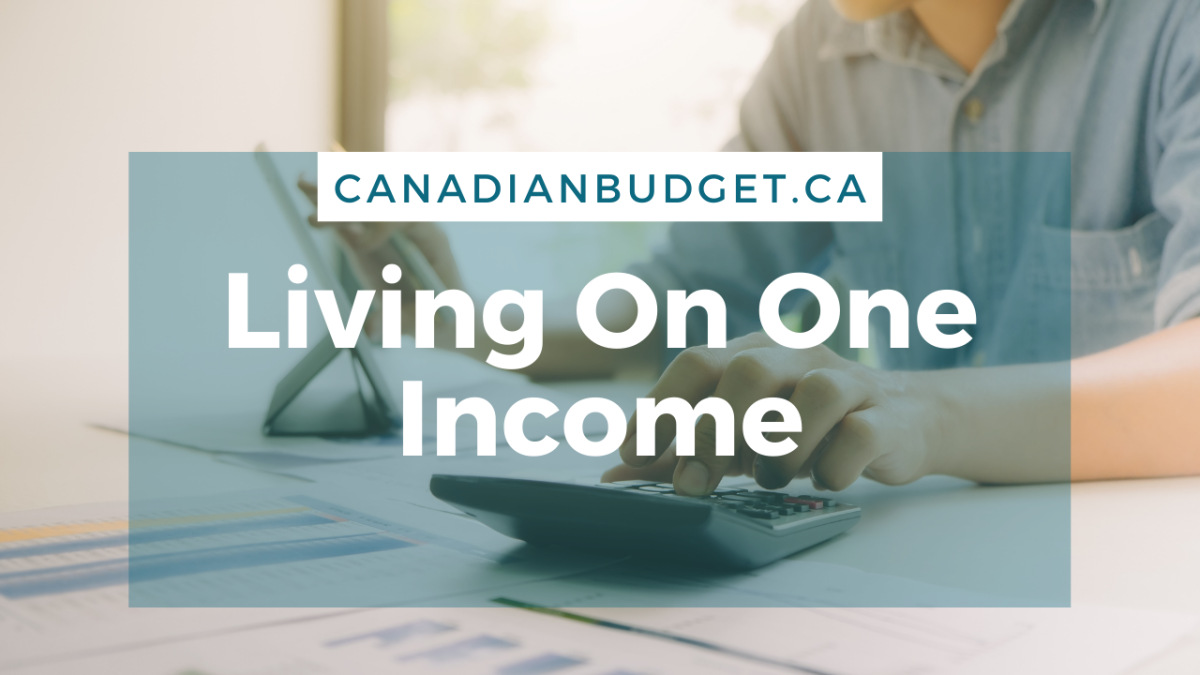How we achieved a 50% savings rate
A bit of background:
We are DINK’s from Canada (Double Income No Kids). We own a condo and purchased our car outright. We have no consumer debt, only our Mortgage. We are not specifically aiming for FI/RE but I am a bit obsessed with Retirement Savings.
I admit that we are privileged and I acknowledge that. During COVID thankfully both my husband and I have been able to maintain our full-time employment, and I have transitioned to working from home. This has allowed me specifically to save on my monthly subway pass, daily Starbucks, frequent lunch purchases at work, and more. I have shifted that money that would have been spent into our savings plan and turns out we are at a 50% savings rate to our overall monthly take-home pay. Essentially meaning we are living on one income alone, since my husband and I make similar incomes.
When I say savings, I really mean the money we have saved to invest. We focus on TFSA and RRSP savings through Wealthsimple Trade (self directed trading) and Wealthsimple Invest (robo advisor).
WOO celebrate!
It won’t always be at this level. But this is such an exciting milestone!
How do you calculate it?
Well, first you need to create a monthly budget that shows all your monthly expenses, subscriptions, savings, investments, debt payments and miscellaneous expenditures. Tally up all your savings for the month and divide that by your total monthly income (I’ve used after tax), multiply by 100 and voila!
If you have a work pension, group RRSP or 401k and you get pre tax deductions taken off for it, you may want to factor that in as well. In this instance I have not.
Why is your savings rate important to know?
It will help you track how quickly you can reach your financial goals! What you decide your savings rate should be is the entirely personal part of personal finance. You get to decide. There are many variables but the main one is whether or not you are also trying to pay down debt!
Do you track your monthly savings rate? Has this been a helpful item to keep track of?
For more blog posts like this, check our Savings and Debt Section of the blog!

